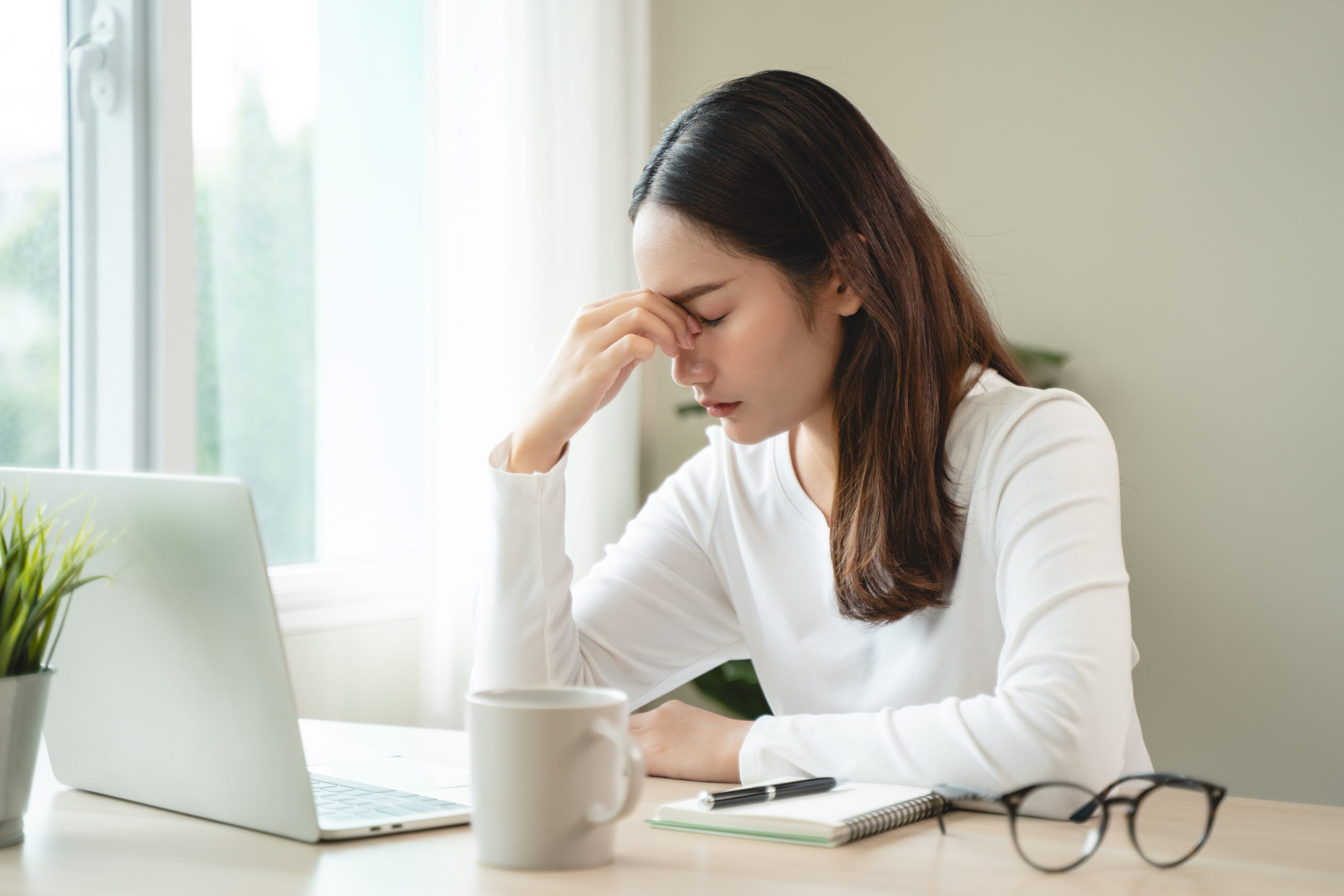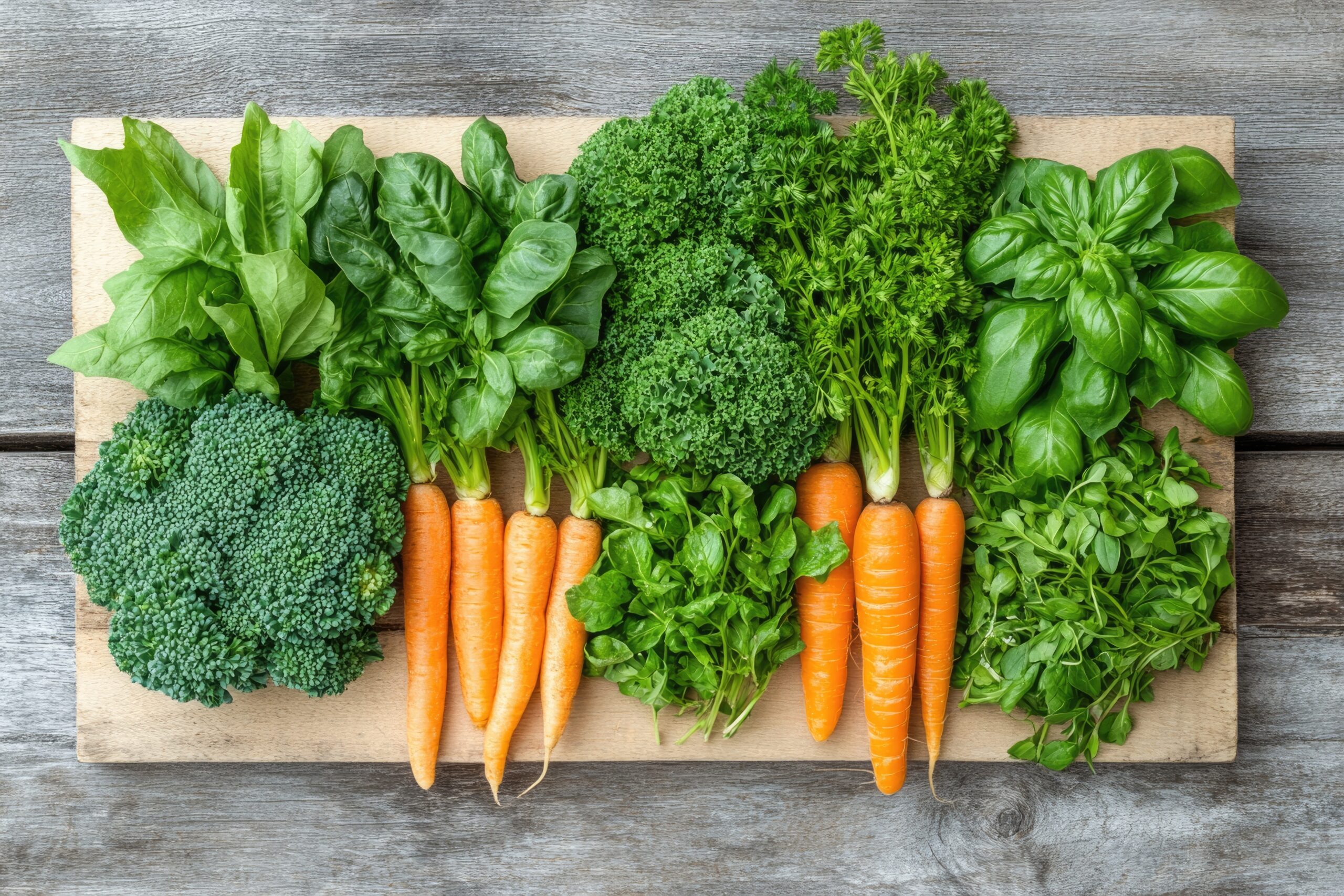6 Eye Strain Fixes that Take Under a Minute
Eye strain isn’t just about staring at screens for too long. Sure, excessive screen time is a major culprit, but did you know dehydration, stress, poor lighting, and even your posture can silently wear down your eyes? Something as simple as squinting at your phone in bed, skipping blinks while concentrating, or exposing your eyes to artificial lighting all day can push them into overdrive.
And what happens if we ignore it? Headaches, blurry vision, dry or watery eyes, dizziness, and even difficulty focusing are just a few warning signs your eyes are begging for relief. Over time, untreated eye strain can lead to chronic discomfort and increased sensitivity to light, making it harder to focus on daily tasks.
The good news? You don’t need fancy eye drops or a long break to give your eyes some much-needed rest. In fact, you can relieve eye strain in under a minute with quick, effective tricks that anyone can do at home. Let’s dive into some of the best (and unexpected!) ways to refresh your tired eyes fast.
Quick & Unexpected Fixes for Eye Strain (in Under a Minute!)
Now that we know what’s straining our eyes let’s fix it—fast. These simple tricks take less than 60 seconds and can instantly refresh your vision. Try a few of them throughout the day to keep your eyes sharp and strain-free.
The “Blink Shower” Method
- Why it works: When we stare at screens, we blink up to 60% less, causing dryness and discomfort. This trick forces your eyes to refresh themselves.
- How to do it: Blink rapidly for 10–15 seconds like your eyes are “showering” away fatigue. This helps spread moisture evenly across your eyes and resets your natural blinking rhythm.
The “Nose Touch” Focus Trick
- Why it works: Constant screen use locks our eyes into one focal distance, tiring out the muscles. This trick forces them to stretch and refocus.
- How to do it: Hold your finger just in front of your nose and focus on it. Then shift your focus to something farther away (like a clock or a window). Repeat 5–6 times to loosen up your eye muscles.
Cold Spoon Massage
Why it works: The coolness instantly reduces puffiness, redness, and inflammation.
How to do it: Keep two metal spoons in the fridge. When your eyes feel strained, press the back of the spoons gently over your closed eyelids for 20–30 seconds. You’ll feel an instant cooling relief!
The Eye “Yoga Stretch”
- Why it works: This moves and relaxes overworked eye muscles, preventing tension buildup.
- How to do it: Without moving your head, look:
➡️ Far right (hold for 5 sec.)
⬅️ Far left (hold for 5 sec.)
⬆️ Up (hold for 5 sec.)
⬇️ Down (hold for 5 sec.)
🔄 Diagonally (repeat for both sides)
Your eyes will feel looser, and your vision may seem sharper afterward!
Palming with a Twist
- Why it works: Classic palming relaxes the optic nerve, but adding vibration (humming) helps relieve deeper muscle tension.
- How to do it:
- Rub your palms together until warm.
- Cover your eyes with your palms (no pressure on the eyeballs).
- Hum softly while doing this for 20 seconds.
This soothes tired eyes and melts away tension in your face and forehead.
The 20-Second “Eye Spa” with Warm Tea Bags
- Why it works: Green tea and chamomile tea bags are packed with antioxidants that reduce inflammation and hydrate tired eyes.
How to do it: Take used, warm tea bags and place them over closed eyes for 20 seconds. It’s a mini eye spa that leaves your vision feeling refreshed.
Lifestyle Tweaks to Keep Eye Strain Away for Good
While quick fixes are great, preventing eye strain in the first place is even better. Here are some simple daily habits that will keep your eyes feeling fresh and fatigue-free:
Follow the 20-20-20 Rule: Every 20 minutes, look at something 20 feet away for 20 seconds. This resets your focus and prevents prolonged strain.
Stay Hydrated: Dehydration can make dry eyes worse. Aim for at least 8 glasses of water a day to keep your eyes naturally lubricated.
Adjust Your Screen Settings: Reduce blue light exposure by switching to “Night Mode” or “Warm Light” settings on your devices. Also, increase font sizes to avoid squinting.
Blink More Often: Make a conscious effort to blink fully when using screens. This keeps your eyes from drying out.
Upgrade Your Lighting: Avoid harsh overhead lighting and position screens so they don’t create glare. Soft, indirect lighting is best for reducing eye strain.
Give Your Eyes a Break from Screens: Swap out screen time for audiobooks or podcasts, or just close your eyes for a few minutes. Your eyes will thank you.
Fast Action for Fresh Eyes
Eye strain doesn’t have to be an unavoidable side effect of modern life. With just a few seconds of intentional effort, you can refresh your vision, reduce discomfort, and keep your eyes performing at their best.
Don’t wait until your eyes are sore, blurry, or fatigued. Blink more, shift your focus, stretch your eye muscles, and give them a quick refresh whenever you feel tension creeping in. These fixes take less than a minute but can make a huge difference in how your eyes feel by the end of the day.
The next time your eyes start feeling the strain, don’t just power through. Pause and reset. Your vision is too important to ignore, and now you have the tools to keep it sharp and strain-free, no matter how much screen time you rack up.






